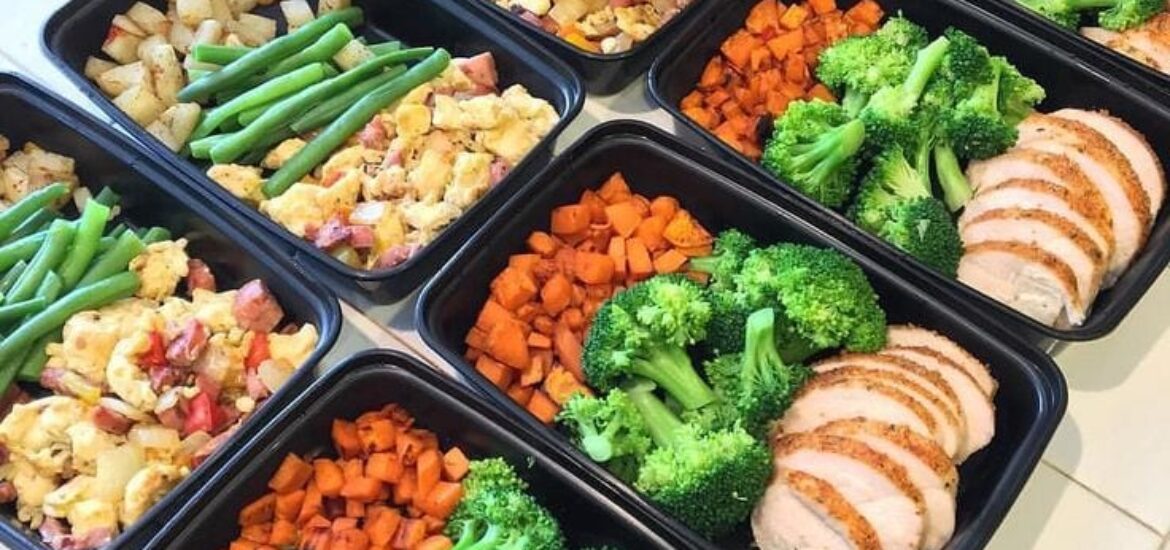
Plastic is a dirty word, but…
One of the main complaints we get from (potential) customers is that we use plastic containers for our food. We agree that plastic isn’t an ideal material generally speaking. The world can certainly do with less plastic. It is, unfortunately, the best choice right now… here’s why:
The Greater Vancouver Area has one of the highest plastic recycling rates in the world. Our recycling infrastructure is uniquely equipped to recycle the plastic containers we use. Not only that, you can use them yourself, over and over again, before they go in the recycling.
There are many alternative materials available that loudly proclaim to be environmentally friendly. The idea behind these materials is good but the GVA is not (yet) ready for these materials. Not only that, by definition, these other materials are single use.
COMPOSTABLE
There are ‘compostable’ packaging options we could use. The problem is, they aren’t actually compostable in our area. There is no municipality in the GVA that will accept this material in the green bin. In fact, this material is not even allowed in the blue bin and must be thrown into the garbage.
These materials are only compostable under very specific conditions (namely heat). None of the municipal composting facilities, let alone the landfills or backyard composters, generate enough heat to break down this material.
What’s worse, if these materials do end up in the compost, the entire compost bin will be contaminated and even the ‘good’ compost will end up in the landfill…
PAPER
Paper-based materials are another alternative. These are great for food that is consumed within a short period of time. Unfortunately they do not stand up to more than a day’s worth of storage and will start to leak.
REUSABLE CONTAINERS
Lastly, some companies offer reusable containers. While this is an intriguing option, the full impact on the environment are not always fully disclosed. There are significant resources being used to wash and sanitize these containers… often twice. The consumer will likely wash the containers before returning them but we would still have to sanitize them again. Then there is the added cost of using transportation resources to pick-up the containers. This almost certainly negates the environmental advantage that this solution might have.
We looked at all options we could find and have determined that, in fact, the plastic containers are indeed the most environmentally friendly option, especially when they get re-used at home and recycled. However, as soon as a truly environmentally friendly option becomes available, we will be the first to start using it.
